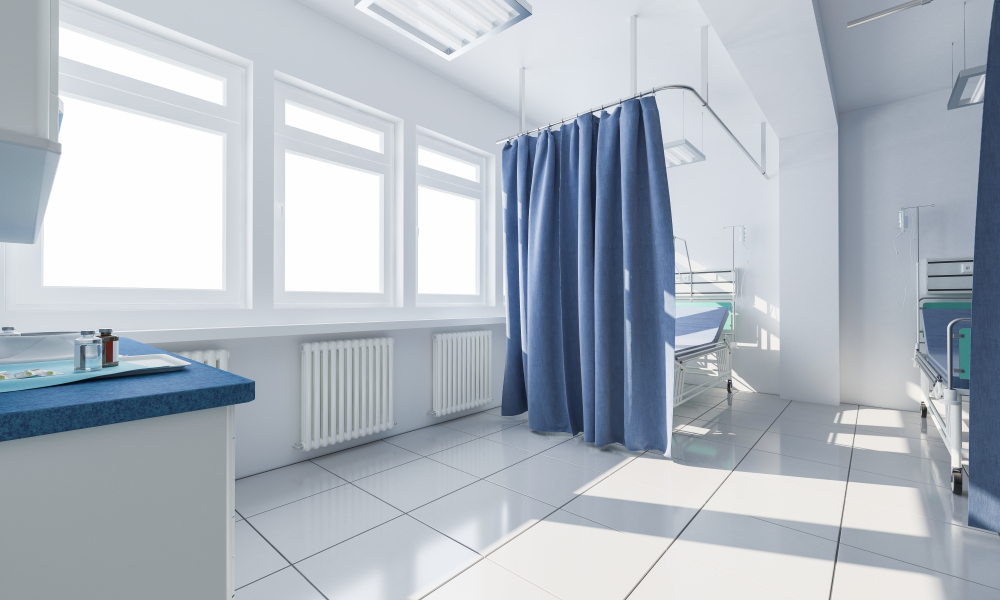While studies regarding soft surface contamination and transmission in hospitals or healthcare facilities may present many contradictory results, especially as regards laundering processes of hospital privacy curtains and to what extent privacy curtains or other soft surfaces like fabrics and chairs transmit disease-causing pathogens, healthcare facilities still require the use of privacy curtains and soft surfaces. It is safe to say that hospitals and healthcare facilities cannot do without hospital privacy curtains to readily and effectively render healthcare services to patients.
It is therefore important to note that a successful laundering procedure depends on several factors and must be optimized. These factors with a possible synergistic effect include duration of laundering procedure, the mechanical action of laundering procedure, dosage and type of added detergents and disinfection agents, bath ratio, type of linen, filling ratio, etc. It has been reported that Clostridium difficile spores can survive temperatures and chemical treatment of typical hospital laundering cycles and that cross-contamination of Clostridium difficile spores can occur on bed linen during a wash cycle. Therefore, infection control personnel must consider the persistent nature of this organism when implementing programs for laundering soiled and contaminated hospital linen.”
Although the potential for these curtains to be contaminated at levels sufficient for transmission is usually overlooked, more experts are beginning to dig deeper into this area of research. This is especially related to contaminated textiles (including privacy curtains, upholstery, apparel, etc.) as vehicles for cross-contamination and transmission of multidrug-resistant organisms (MDROs) such as vancomycin-resistant enterococci (VRE), methicillin-resistant Staphylococcus aureus (MRSA), Acinetobacter baumannii and Pseudomonas aeruginosa.
Solutions to Decontaminating Soft Surfaces in Hospitals/ Healthcare Facilities
To substantially reduce the risk of disease transmission through these soft surfaces, they must be laundered and/or frequently replaced instead of replacing or laundering them only when visibly soiled like many healthcare facilities practice. This may require healthcare facilities to be conversant with areas to get hospital privacy curtains for sale. However, frequent changes of privacy curtains may significantly reduce patients’ opportunities to buy hospital privacy curtain track, thereby reducing service efficiency.
Since it might prove very difficult, if not impossible, to frequently remove for washing or change privacy curtains and other soft surfaces, other methods of disinfecting surfaces such as UV-C light have been suggested; however, this method is not as effective as washing or wiping down such surfaces. This is again related to patient opportunity to buy hospital privacy as UV-C light rays are significantly harmful to health, requiring patients to be evacuated to effect this method.
Another method that has proven quite effective and has been tested by Rutala et al. (2014) is improved hydrogen peroxide solution’s ability to decontaminate in inpatient and outpatient areas.
Other methods include disinfectants and antimicrobial curtains for decontaminated curtain tracks.
Conclusion
Regardless of contradictory research results, hospital privacy is facilitated by privacy curtains are essential soft surfaces in healthcare facilities. Although the risk of disease transmission through such surfaces may be minimal, that does not completely rule out the inherent possibility. Therefore, extra attention should be paid to privacy curtains and the curtain track for decontamination. On the other hand, hospitals can readily be linked to wholesale companies with curtains for sale to reduce the risk of the lowered possibility of available bed space and hospital privacy.

